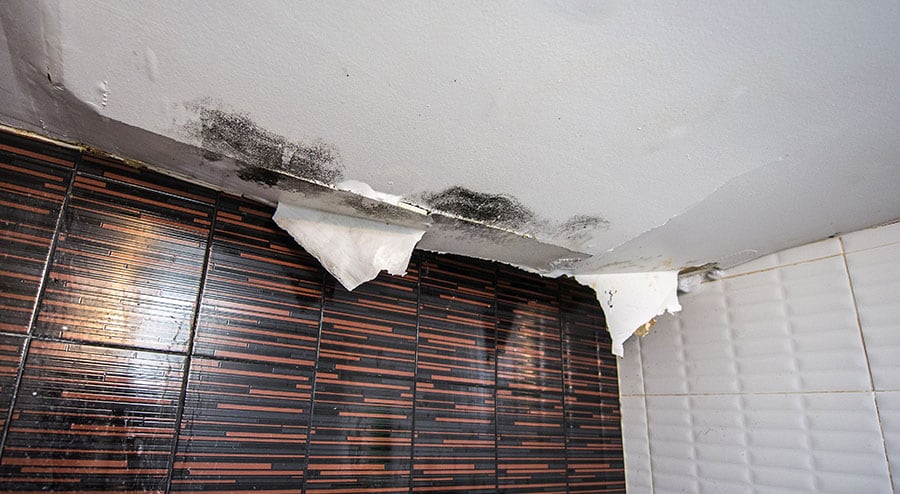Do's & Don'ts of Water Restoration.
Do's & Don'ts of Water Restoration.
Blog Article
How do you really feel about Fire And Water Damage Prevention?

Water offers life, water invasion on components where it's not intended to be can result in damages. It can peel away surfaces and also deteriorate the structure if the water saturates right into your structure. Mold and mildew as well as mold also prosper in a moist setting, which can be harmful for your health. Houses with water damages scent stuffy as well as old.
Water can come from lots of sources such as tropical storms, floods, ruptured pipes, leaks, and sewer problems. In case you experience water damages, it would be good to understand some security precautions. Here are a few guidelines on just how to take care of water damage.
Do Prioritize Residence Insurance Policy Insurance Coverage
Water damages from flood dues to hefty winds is seasonal. You can additionally experience an abrupt flood when a malfunctioning pipeline unexpectedly bursts into your home. It would be best to have residence insurance policy that covers both disasters such as all-natural calamities, as well as emergency situations like busted plumbing.
Do Not Neglect to Switch Off Utilities
This reduces off power to your whole house, protecting against electric shocks when water comes in as it is a conductor. Do not forget to transform off the major water line shutoff.
Do Remain Proactive as well as Heed Weather Condition Informs
Listen to discharge warnings if you live near a lake, creek, or river . Doing so minimizes potential building damages.
Don't Neglect the Roofing System
You can avoid rain damages if there are no openings and leakages in your roofing. This will stop water from moving down your walls as well as soaking your ceiling.
Do Focus On Tiny Leakages
A ruptured pipeline does not happen overnight. Generally, there are warnings that suggest you have compromised pipes in your home. You might observe gurgling paint, peeling wallpaper, water streaks, water discolorations, or trickling audios behind the wall surfaces. Eventually, this pipe will certainly break. Ideally, you should not await points to escalate. Have your plumbing fixed before it causes huge damages.
Don't Panic in Case of a Burst Pipe
Keeping your presence of mind is important in a time of dilemma. Worrying will just compound the issue since it will stifle you from acting quick. Timing is vital when it comes to water damages. The longer you wait, the more damages you can anticipate. Thus, if a pipeline bursts in your house, quickly shut down your main water valve to cut off the source. Then unplug all electric outlets in the location or turn off the breaker for that part of your house. Call a credible water damages repair professional for help.
Water offers life, water breach on parts where it's not supposed to be can result in damage. Residences with water damage odor musty and also old.
Water damages from flood fees to heavy winds is seasonal. You might discover gurgling paint, peeling off wallpaper, water touches, water spots, or trickling noises behind the walls. When it comes to water damages, timing is key.
Are Water Mitigation and Water Damage Restoration the Same Thing?
When are Water Mitigation Services Needed?
Water intrusion can come from small sources like a dishwasher leak or larger ones like rainwater causing inches of standing water in a basement. Other instances of damage that call for water mitigation services include:
Sewer backup, sump pump failure, or clogged toilets Toilet wax seal failure Shower pan corrosion Pipe leaks and ruptures Washer or icemaker line breaks HVAC drain line blockage A leaking roof Moisture behind walls Foundation cracks Mold Mold is a good example to illustrate how water mitigation works. We’ve often found that clients we do mold remediation services for had existing water damage issues that ended up leading to the mold damage. When performing water mitigation we look for what’s causing the water problem and for ways to stop mold before it multiplies and becomes a bigger concern.
Are You Currently Experiencing a Water Disaster?
If you’re in the middle of a water intrusion disaster, here are some important dos and don’ts to follow:
Don’ts:
Safety first! Do not enter a room with standing water until the electricity has been turned off! A regular household vacuum should never be used to pick up water. Never use electrical appliance if standing on a wet floor or carpet. Leave visible mold alone. Dos:
Call a water mitigation professional as soon as possible. Mold and other damage can begin within hours of a water intrusion. Mop and blot up as much water as possible. Remove non-attached floor coverings and mats but leave wall-to-wall carpeting removal to a pro. If there are window coverings like draperies that touch the water, loop them through a hanger and put them up on the rod. Remove wet cushions to dry and wipe down soaked furniture. Move valuables like paintings, photos, and art objects to a dry location. Books should be left tightly packed on shelves until it’s determined if they need specialized drying. Prop open closets, cabinets, and drawers to allow them to air out. https://cfrsfl.com/blog/are-water-mitigation-and-water-damage-restoration-the-same-thing/

As a serious reader about Safety Tips To Prevent Fire And Water Damage, I think sharing that segment was important. Sharing is caring. Helping others is fun. Thanks for your time spent reading it.
Report this page